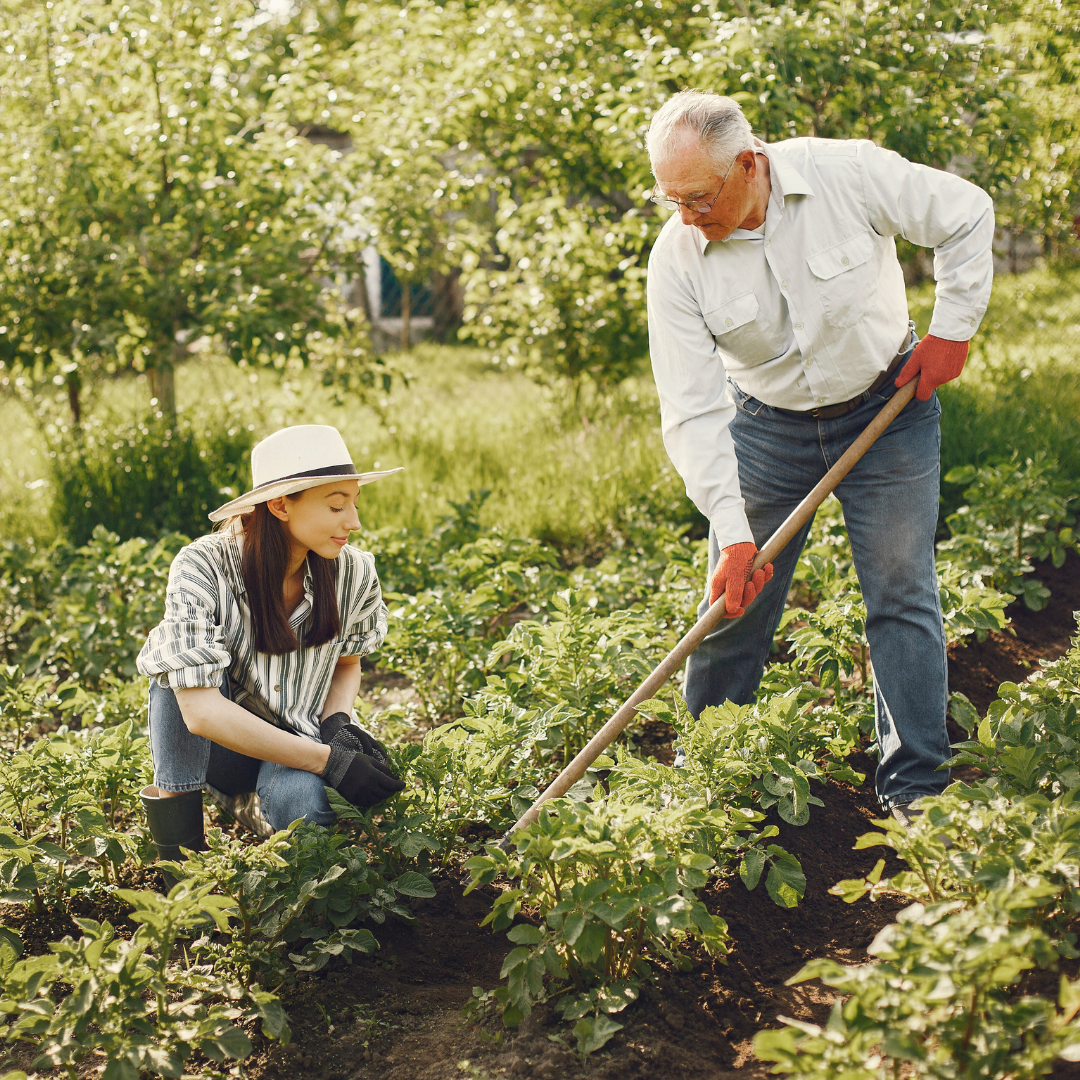
The Strategic Role of Packaging in Enhancing Agri-Business Sustainability and Efficiency
In the realm of agricultural business, the importance of packaging extends far beyond simple product encasement. It acts as a strategic asset pivotal for maintaining the integrity of the product, streamlining the handling and transport processes, and elev
By Annie Yao
In the realm of agricultural business, the importance of packaging extends far beyond simple product encasement. It acts as a strategic asset pivotal for maintaining the integrity of the product, streamlining the handling and transport processes, and elevating the brand and its marketing efforts. This analysis explores the comprehensive role packaging plays within the agriculture sector, highlighting the innovative approaches revolutionizing the field and the emerging trends poised to redefine the packaging scene.
Within the agricultural sector, packaging is crucial at every phase of the supply chain, from the initial production to the final consumer stage. Its role transcends mere product containment, playing a vital part in preserving the quality of the products, reducing waste, and facilitating effective distribution strategies.
Key to preserving the freshness and overall quality of agri-products, appropriate packaging is indispensable. For perishable goods such as fruits, vegetables, and dairy, packaging acts as a barrier against physical damage, moisture, and contaminants, thereby extending the products' shelf life. Packaging for grains and cereals is also crucial, offering protection from pests and environmental conditions that might degrade their quality.
Transportation and Logistics
Given the often lengthy journey agricultural products undertake from farm to consumer, durable packaging is critical. It ensures products arrive in pristine condition, mitigating spoilage or damage risks and allowing for optimal space usage in transport vehicles. This, in turn, minimizes transportation costs and lessens the environmental footprint.
Brand Identity and Consumer Appeal
In retail environments, packaging doubles as an effective marketing instrument. Attractive packaging and branding grab consumer attention and help differentiate offerings in a crowded marketplace. It also serves as a medium to communicate vital product information, influencing consumer purchase decisions.
Sustainability Concerns
The shift towards sustainable packaging practices is driven by increasing consumer awareness and regulatory pressures for environmental stewardship. The focus on biodegradable, recyclable materials and efforts to minimize packaging waste reflect the agricultural sector's response to these demands.
Regulatory Compliance and Product Safety
Ensuring packaging meets specific regulatory and safety standards is essential for consumer safety. This includes adhering to hygiene and food safety guidelines for food products and ensuring proper labeling for traceability and authenticity verification throughout the supply chain.
Historically, the agricultural sector has relied on materials like jute, sisal, and paper for packaging, chosen for their accessibility, cost-effectiveness, and basic protective qualities. Despite their benefits, these materials had limitations, such as susceptibility to moisture damage and limited durability.
The advent of synthetic materials like polypropylene and polyethylene marked a turning point, offering enhanced durability, moisture resistance, and versatility in packaging design. This shift has significantly improved product protection during transit and storage.
Technological advancements have paved the way for innovative packaging solutions that marry traditional materials with modern innovations. For example, net wrap systems blend natural and synthetic fibers to provide superior product protection, improved ventilation, and enhanced visibility.
The industry's move towards sustainability has spurred the exploration of alternative materials and designs that offer environmental benefits without compromising protection. This includes adopting biodegradable materials, reducing packaging volume, and investigating new avenues for recycling and composting.
The future of agricultural packaging is likely to be shaped by smart packaging technologies for real-time quality monitoring and advancements in sustainable materials and design. These trends signal a continued evolution towards more innovative, sustainable packaging practices that cater to consumer demands, minimize environmental impacts, and support the agriculture sector's sustainability.
In conclusion, packaging plays a pivotal role in the agricultural business, influencing everything from product quality and transport efficiency to branding and sustainability. As the sector advances, the development of innovative packaging solutions will be crucial in addressing consumer expectations, enhancing environmental sustainability, and ensuring the enduring success of agricultural enterprises.